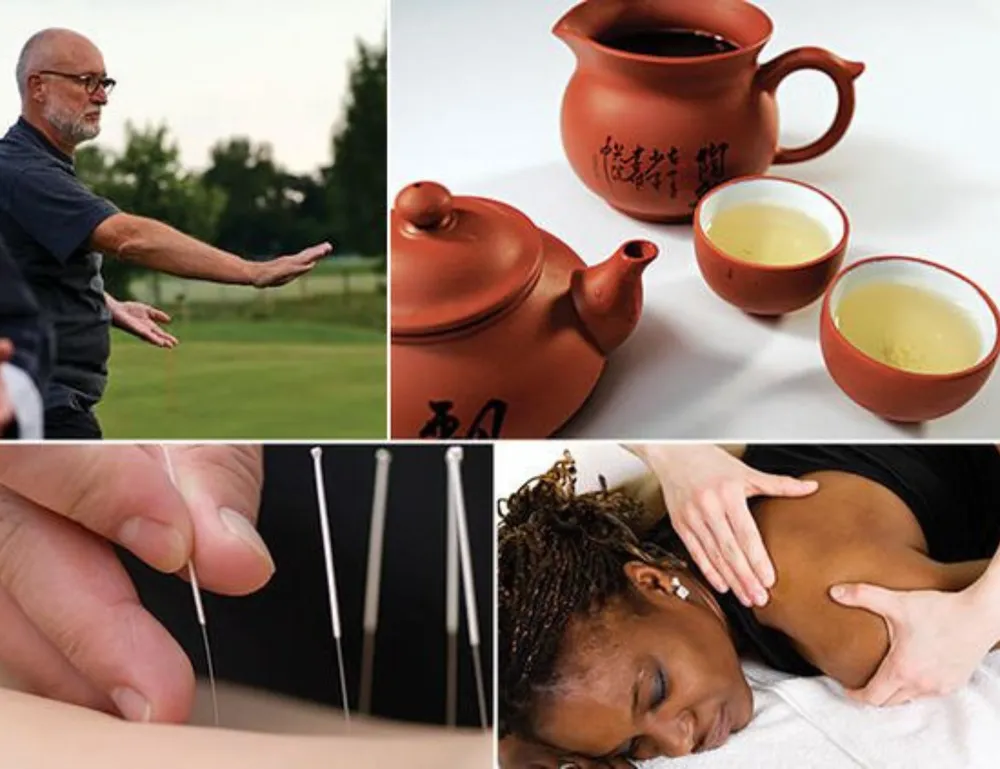Introduction

Rheumatic diseases, including rheumatoid arthritis, osteoarthritis, lupus, and fibromyalgia, can significantly impact a person’s quality of life. While conventional medicine plays a crucial role in managing these conditions, many patients explore complementary and alternative medicine (CAM) to alleviate symptoms and improve overall well-being.
Here’s a comprehensive look at some popular CAM therapies and their potential benefits for rheumatic disease management.
Understanding Complementary and Alternative Medicine
Complementary and alternative medicine encompasses a variety of practices and treatments that are not typically part of conventional medical care. Complementary medicine is used alongside standard treatments, while alternative medicine is used in place of them. It’s important to consult with a healthcare provider before starting any CAM therapies to ensure they are safe and appropriate for your specific condition.
Popular CAM Therapies for Rheumatic Diseases
- Acupuncture
- What It Is: Acupuncture involves inserting thin needles into specific points on the body to balance energy flow and promote healing.
- Benefits: Research suggests that acupuncture can help reduce pain and improve function in patients with rheumatoid arthritis and osteoarthritis. It may also help reduce inflammation and enhance overall well-being.
- Massage Therapy
- What It Is: Massage therapy involves the manipulation of muscles and soft tissues to relieve tension, reduce pain, and promote relaxation.
- Benefits: Regular massage can help alleviate muscle pain and stiffness, improve circulation, and reduce stress levels, which are particularly beneficial for people with rheumatic conditions.
- Yoga and Tai Chi
- What They Are: Yoga and tai chi are mind-body practices that combine physical postures, breathing exercises, and meditation.
- Benefits: Both yoga and tai chi can improve flexibility, balance, and strength. They also promote relaxation and stress reduction, which can help manage pain and improve quality of life for rheumatic patients.
- Herbal Supplements
- What They Are: Herbal supplements are plant-based products used to support health and alleviate symptoms.
- Benefits: Some herbs, such as turmeric, ginger, and boswellia, have anti-inflammatory properties that may help reduce joint pain and inflammation. However, it’s essential to use these supplements under the guidance of a healthcare provider to avoid interactions with conventional medications.
- Dietary Changes
- What It Is: Adopting an anti-inflammatory diet rich in fruits, vegetables, whole grains, lean proteins, and healthy fats.
- Benefits: Certain foods, like those high in omega-3 fatty acids (found in fish and flax seeds), can help reduce inflammation. Avoiding processed foods, sugar, and excessive red meat can also contribute to better management of rheumatic symptoms.
- Mindfulness and Meditation
- What They Are: Mindfulness and meditation involve practices that focus on breathing, awareness, and relaxation.
- Benefits: These practices can help reduce stress, anxiety, and depression, which are common among people with chronic illnesses. They also promote better pain management and overall emotional well-being.
- Chiropractic Care
- What It Is: Chiropractic care involves spinal adjustments and other manual techniques to improve alignment and function.
- Benefits: Some patients find relief from joint pain and improved mobility through chiropractic adjustments. However, it’s crucial to ensure the chiropractor is experienced in treating rheumatic conditions.
- Hydrotherapy
- What It Is: Hydrotherapy uses water in various forms (such as baths, pools, and whirlpools) to relieve pain and promote relaxation.
- Benefits: Warm water can soothe sore joints and muscles, improve circulation, and enhance overall mobility. Hydrotherapy exercises are particularly beneficial for those with severe joint pain.
- Biofeedback
- What It Is: Biofeedback is a technique that teaches control over physiological functions such as heart rate and muscle tension through real-time feedback.
- Benefits: It can help reduce pain, improve relaxation, and enhance overall coping strategies for managing chronic pain conditions.
- Aromatherapy
- What It Is: Aromatherapy uses essential oils from plants for therapeutic purposes.
- Benefits: Certain essential oils, like lavender and eucalyptus, have anti-inflammatory and pain-relieving properties. Aromatherapy can promote relaxation and reduce stress, aiding in overall pain management.

Aromatherapy

Biofeedback

Dietary Changes

Acupuncture

Hydrotherapy

Massage Therapy

Yoga and Tai Chi

Chiropractic Care
Combining CAM with Conventional Treatments
Many patients find that combining CAM therapies with conventional treatments provides the best results.
For example:
- Medication and Acupuncture: Using acupuncture alongside prescribed medications can enhance pain relief and reduce the need for higher doses of drugs.
- Physical Therapy and Yoga: Combining physical therapy with yoga can improve flexibility, strength, and joint function more effectively than either therapy alone.
Safety and Considerations
- Consult Your Doctor: Always discuss any CAM therapies with your healthcare provider before starting them. This ensures they are safe and won’t interfere with your current treatment plan.
- Qualified Practitioners: Seek treatments from qualified and experienced practitioners to avoid potential risks and ensure the best outcomes.
- Monitor Progress: Keep track of your symptoms and progress when trying new therapies. This helps determine what works best for you and allows for adjustments as needed.
Conclusion
Complementary and alternative medicine offers a range of therapies that can help manage symptoms of rheumatic diseases and improve overall well-being. While these treatments can be beneficial, they should be used in conjunction with conventional medical care and under the guidance of a healthcare professional. By exploring various CAM options, patients can find personalized strategies to enhance their quality of life and manage their condition more effectively.